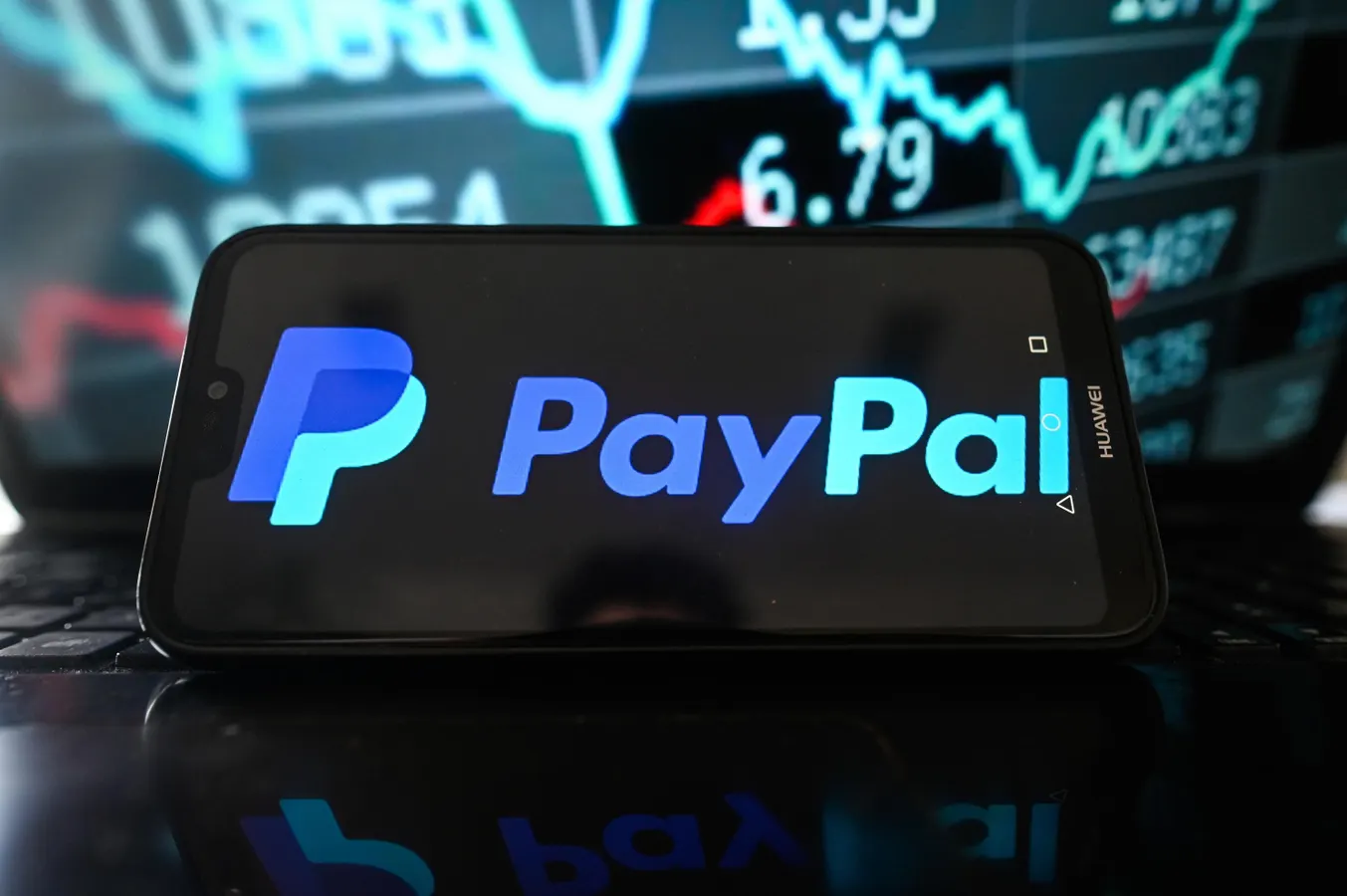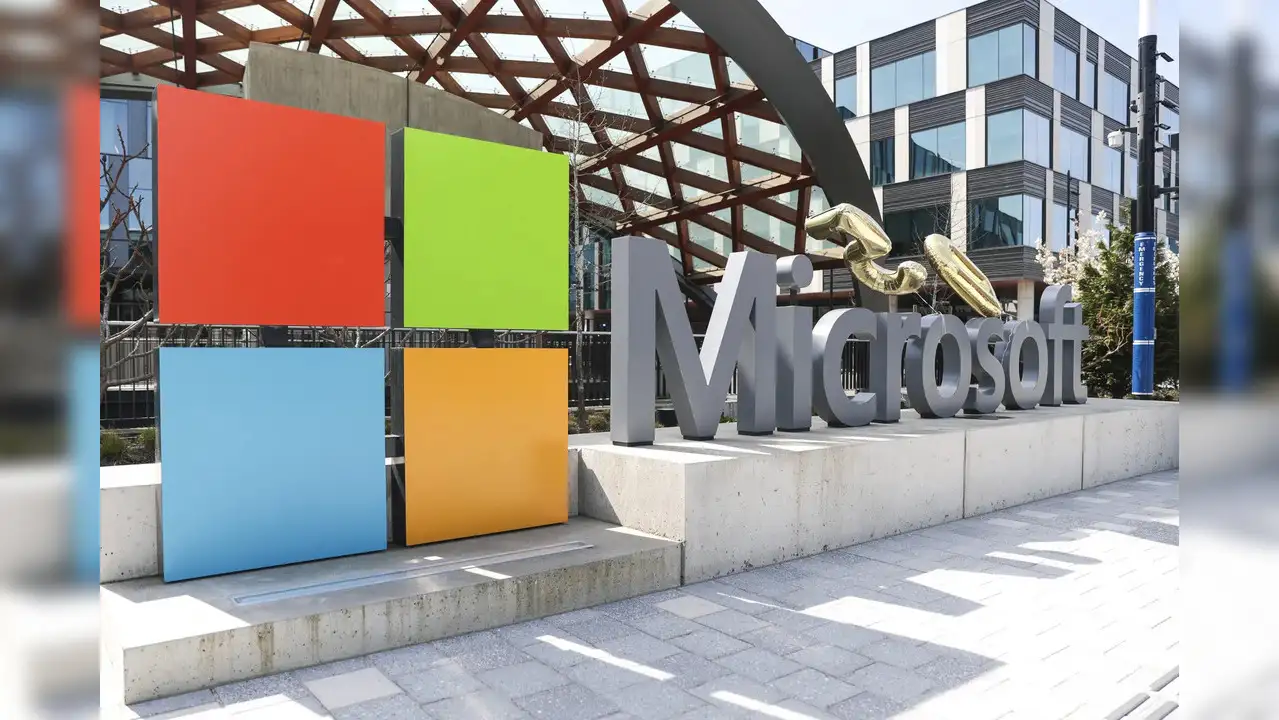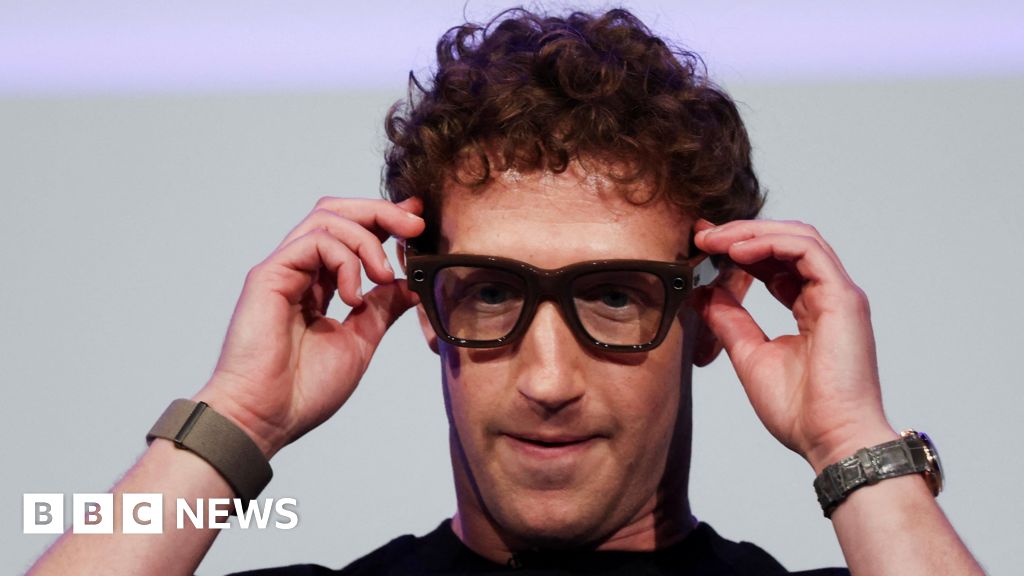By Contributor,Omar Marques,Trefis Team
Copyright forbes

POLAND – 2025/09/02: In this photo illustration, a Paypal logo is seen displayed on a smartphone with stock market percentages on the background. (Photo Illustration by Omar Marques/SOPA Images/LightRocket via Getty Images)
SOPA Images/LightRocket via Getty Images
PayPal Holdings (NASDAQ: PYPL) is among the most recognized names in the realm of digital payments, boasting a global presence in over 200 markets and more than 434 million active accounts. However, despite its significant scale and brand recognition, the company’s stock has faced challenges in keeping up with broader market trends in recent years. As of mid-September 2025, PayPal’s stock price is approximately $68 per share, yielding a market capitalization of about $66 billion. With a price-to-earnings ratio close to 15 and earnings per share at $4, the stock seems relatively affordable when compared to the wider tech sector, though investors are still on the lookout for growth catalysts to restore their confidence.
The last two years have been characterized by inconsistent financial performance. On one side, PayPal continues to produce solid profits and free cash flow, allowing management to approve share buybacks that enhance shareholder returns. Conversely, its branded checkout volume—the core of its operations—has exhibited weakness, raising worries that rivals such as Apple Pay, Stripe, Adyen, and Block are encroaching on its market share. Heightened regulatory scrutiny in the digital payments sector and increasing pressures regarding transaction fees contribute additional layers of uncertainty. Nevertheless, if you are looking for upside with lower volatility than holding a single stock, consider the High Quality Portfolio. It has significantly outperformed its benchmark—a mixture of the S&P 500, Russell, and S&P MidCap indexes—and has achieved returns of over 91% since its founding. Separately, check out – Warner Bros. Discovery Stock To $30?
Nonetheless, PayPal is actively pursuing growth. One of its most ambitious projects is “PayPal World,” a cross-border payments platform aimed at connecting domestic payment systems and digital wallets. The company has already established partnerships with India’s UPI, Brazil’s Mercado Pago, China’s Tenpay Global, and Venmo, with the goal of enabling consumers and merchants to transact globally while using local currencies. If this initiative is successful, it could greatly expand PayPal’s addressable market, particularly in rapidly growing regions where local payment systems dominate.
Additionally, PayPal has entered into a multi-year partnership with Google to weave AI-driven payment solutions more closely into Google’s ecosystem. This collaboration will incorporate PayPal’s checkout and fraud-prevention tools across Google Cloud, Google Play, and possibly other services, while also utilizing Google’s AI infrastructure to enhance personalization and risk management. This partnership not only broadens PayPal’s reach into one of the largest technology ecosystems worldwide, but also demonstrates its determination to compete at the forefront of payment innovation. For investors, this agreement presents a potential growth avenue by aligning PayPal with a company that facilitates billions of consumer interactions daily.
Further investment is also being directed toward artificial intelligence on a broader scale. Beyond the collaboration with Google, PayPal has launched AI-driven tools for fraud detection, risk management, and developer integrations via its Model Context Protocol. At the same time, the company has reinforced its crypto-enabled payment capabilities, promoting quicker settlement times and fee reductions that could lower cross-border transaction costs by up to 90% in specific scenarios. These initiatives aim to bolster PayPal’s importance at a moment when the digital payments arena is more congested than ever.
MORE FOR YOU
What’s next?
Analysts’ sentiments reveal a balance between risk and opportunity. Consensus price targets for PayPal are hovering around $83, indicating a potential upside of approximately 20–25% from current prices, with the most optimistic forecasts reaching as high as $120. Conversely, skeptics caution that the stock could dip back into the low $60s if branded volume growth falters or if competitive and regulatory pressures mount. For long-term investors, critical metrics to monitor will include the adoption of PayPal World, traction in emerging markets, growth in crypto-driven transactions, and whether AI initiatives yield genuine cost reductions and margin enhancement.
Investors should brace for notable volatility and potential significant losses if market conditions deteriorate or if the company is unable to fulfill its ambitious growth strategies. While the potential for gains is mathematically sound based on projected revenues, it necessitates impeccable execution in a rapidly changing and competitive environment. Now, we implement a risk assessment framework as we build the Trefis High Quality (HQ) Portfolio, which, featuring 30 stocks, has successfully outperformed its benchmark—a combination of the S&P 500, Russell, and S&P MidCap indexes—and has secured returns exceeding 91% since inception. As a collective, HQ Portfolio stocks delivered superior returns with lower risk compared to the benchmark index; a more stable experience as evidenced in HQ Portfolio performance metrics.
Editorial StandardsReprints & Permissions



